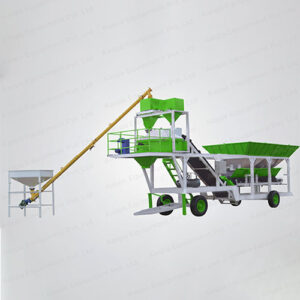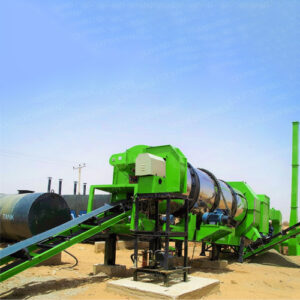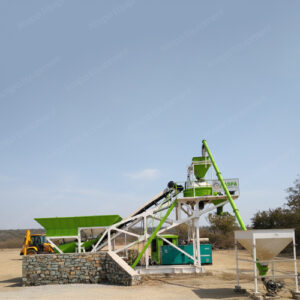Bitumen Emulsion Plant
Bitumen emulsions are formed by dispersion of small droplets of one liquid in another liquid. The product is regarded as the key manufacturing agent for road construction. It acts as a binding agent right in the midst of two different bituminous layers for road building. Ensuring a long, durable and robust impact, the roads become capable of sustaining for longer duration. Abiding by the Road development standards of Indian Roads Congress and Ministry of Surface Transport, Bitumen Emulsion Plant is applied in cold form in Surface Dressing, Premix Carpeting, Pot Hole Repairs, Seal Coatings, etc. Being a key agent in International Road Development, Bitumen Emulsion Plant is actively being introduced in the construction and development of roads in India as well. The quality of being a low cost variable utility product, the roads require less maintenance.
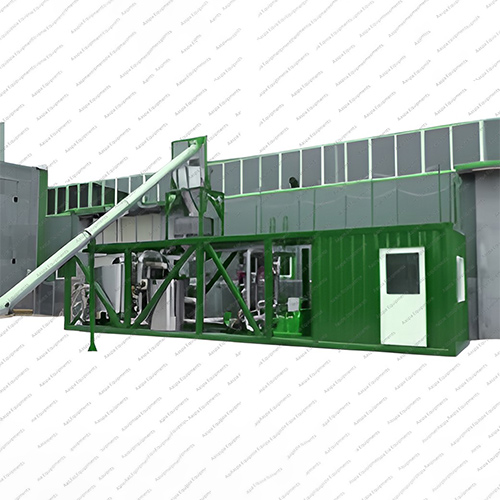
Sub Heading
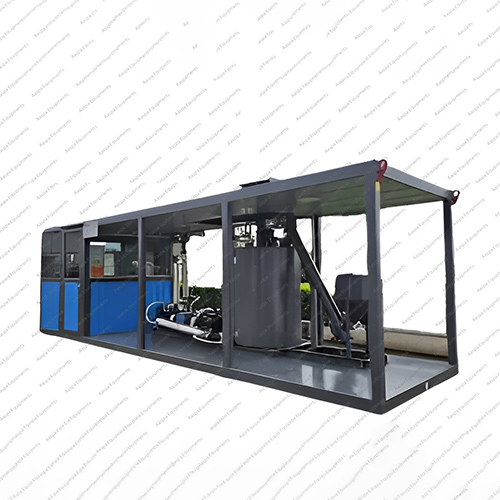
Sub Heading
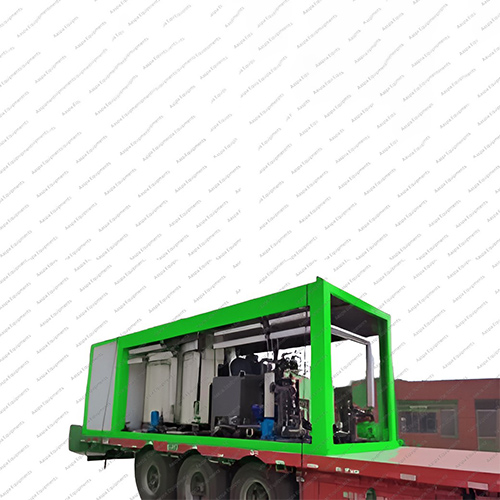
Sub Heading
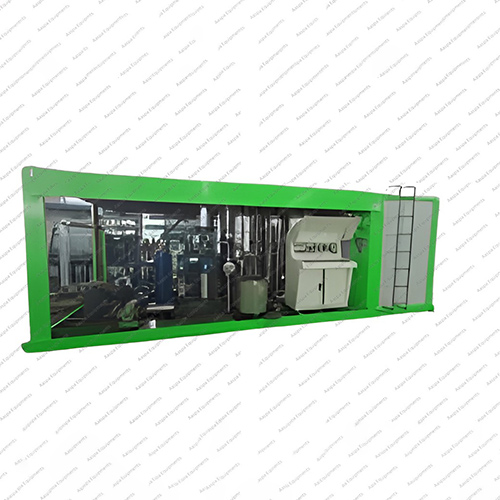
Sub Heading
APPLICATION OF BITUMEN EMULSION:
1. Road development, construction and maintenance
2. Dressing up road surfaces
3. Applied as prime and tack coating
4. Mixing aggregate for road construction
5. Other applications namely, crack seal, fog seal, pot hole repairing, seal coating, etc.
In the realm of road construction, bitumen emulsion plant play a vital role in ensuring efficient and sustainable pavement solutions. These plants are pivotal in producing various types of emulsions, such as quick break, medium break, and slow break, which are extensively used in road surfacing, sealing, and maintenance projects. Let’s delve into the world of bitumen emulsion plant and explore their significance, components, working, advantages, and applications.

various applications.
| PLANT MODEL | EMULTEC 10 |
| Plant capacity | 7-10 TPH |
| Mill | Decimate colloidal mill |
| Flow meters | Electromagnetic type high precision flow meters |
| Process control | Fully computerized PLC based automatic system |
| Bitumen tanks Capacity | 20/30/50m³ |
| Emulsion storage tank Capacity | 20/30MT |
| Other | Solvent tank / water tank / drum filling machine |
Your Guide To Finding The Perfect ASphalt Plant Supplier Near You
Emulsions are classified based on their breaking characteristics:
- Quick break (cationic) emulsions
These emulsions break rapidly upon contact with aggregates, providingn quick adhesion and curing. - Medium break (cationic) emulsions
Offering a balance between quick and slow break, these emulsions are widely used in surface treatments and tack coats. - Slow break (anionic) emulsions
These emulsions break slowly, providing prolonged workability and adhesion, making them suitable for dense-graded mixes and cold mix asphalt.
Components Of Emulsion Plants
Emulsion plants consist of several key components:
- Bitumen tanks
Storage tanks for storing bitumen. - Water tanks
Storage tanks for holding water, a crucial component in emulsion production. - Colloid mill
Equipment for emulsifying bitumen and water, ensuring proper mixing and stability. - Emulsion tanks
Tanks for storing the produced emulsion. - Pumps and pipelines
Infrastructure for transporting bitumen, water, and emulsions within the plant.
Challenges In Emulsion Plant Operations
Despite their advantages, emulsion plants face certain challenges:
- Handling of bitumen
Bitumen can be sticky and challenging to handle, requiring proper safety measures and equipment. - Maintenance requirements
Emulsion plants require regular maintenance to ensure smooth operation and prevent breakdowns. - Environmental concerns
Proper waste management and pollution control measures are necessary to mitigate the environmental impact of emulsion production.
Applications Of Emulsions
Emulsions find widespread applications in road construction:
- Surface dressing
Emulsions are used to seal and waterproof road surfaces, enhancing their durability and skid resistance. - Prime coating
Emulsions serve as a bond between the pavement and subsequent layers, ensuring proper adhesion and strength. - Cold mix asphalt
Emulsions are used to produce cold mix asphalt, which can be laid at ambient temperatures, reducing energy consumption and emissions. - Fog seal
Emulsions are sprayed over existing pavements to rejuvenate aging surfaces and seal minor cracks, extending their service life.
Key Considerations For Emulsion Plant Selection
When choosing an emulsion plant, several factors should be considered:
- Production capacity
The plant should have adequate capacity to meet project requirements. - Quality control measures
Quality assurance processes should be in place to ensure the consistency and performance of emulsions. - Energy efficiency
Go for plants equipped with energy-efficient technologies to reduce operating costs and environmental impact.
Future Trends In Emulsion Plant Technology
The future of emulsion plants is characterized by innovation and
sustainability:
- Development of eco-friendly emulsifiers
Research is underway to develop emulsifiers with minimal environmental impact, promoting sustainability. - Automation and digitization
Emulsion plants are increasingly incorporating automation and digital technologies for enhanced efficiency and control.
Maintenance Tips For Emulsion Plants
To ensure smooth operation and longevity of emulsion plants, follow these
maintenance tips:
- Regular cleaning
Clean tanks, pipelines, and equipment to prevent build-up and contamination. - Inspection of components
Regularly inspect components for signs of wear or damage and replace them as needed. - Lubrication of machinery
Proper lubrication of moving parts helps reduce friction and prolong equipment life.
Safety Measures In Emulsion Plant Operations:
Safety is paramount in emulsion plant operations:
- Personal protective equipment (PPE)
Provide employees with appropriate PPE, including gloves, goggles, and respiratory protection. - Emergency procedures
Develop and communicate emergency procedures for handling spills, fires, and other incidents. - Training of personnel
Train employees on safe operating practices and emergency protocols to minimize risks.
Environmental Impact Of Emulsion Plants
Emulsion plants can have a significant environmental footprint:
- Waste management practices
Implement effective waste management strategies to minimize environmental impact. - Recycling of materials
Explore options for recycling emulsion byproducts and waste materials. - Emission reduction strategies
Invest in technologies and practices to reduce emissions and pollution from plant operations.


